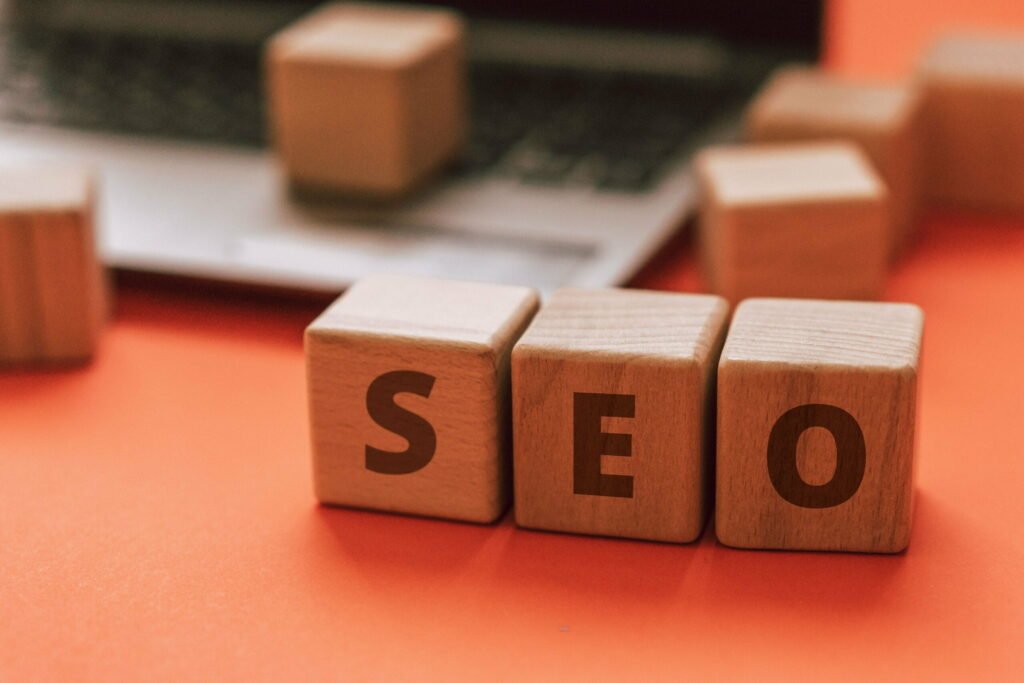![The ‘Giveaway Piggy Back Scam’ In Full Swing [2022]](https://www.cjco.com.au/wp-content/uploads/pexels-nataliya-vaitkevich-7172791-1-scaled-2-683x1024.jpg)

Revolutionizing Soundscapes: Introducing AudioLDM 2, the Groundbreaking Framework in Audio Generation

As Seen On
Delving into the world of audio generation reveals a kaleidoscopic panorama of applications, which includes areas such as speech synthesis, music creation, and sound effect design. Each of these faces unique challenges inherent in the complexities of their respective domains. Historically, tackling audio generation required specialized models and frameworks with domain-specific biases, leaving the industry in search of a unifying solution. Thus, the introduction of AudioLDM 2, the groundbreaking framework in audio generation, marks a significant milestone.
At its core, AudioLDM 2’s powerful capability to generate any form of audio bypasses the need for domain-specific biases. This generative prowess is amplified with the introduction of an incredible concept – the “language of audio” (LOA). Bridging the gap between semantic content and its sonic representation, LOA ingeniously converts semantic information into apt formats for comprehensive audio production, engendering a whole new vista of possibilities in the field.
A profound integration within AudioLDM 2 is the incorporation of the Audio Mask Autoencoder (AudioMAE). Pre-trained on an assorted range of audio sources, this integrative feature reinforces the framework with a dash of adaptation, paving the way for optimized audio synthesis. This pre-training framework of AudioMAE reigns supreme in producing diverse and rich audio representations for both reconstructive and generative tasks, fostering dynamism within the orbit of audio generation.
The advent of the GPT-based language model intervenes as a transformative force in contemporary audio synthesis. This GPT-model effectively digests, processes, and converts text, audio, and graphics into an AudioMAE feature. Furthermore, it equips this feature with an ability to synthesize audio based on a state-of-the-art contraption, the latent diffusion model, thereby signaling revolutions in audio generation.
Historical models were often marred by computational costs and a propensity to accumulate errors. However, by leveraging self-supervised optimization, this language modeling technique within AudioLDM 2 manages to triumph over these erstwhile impediments. This defining feature of AudioLDM 2 ensures its efficacious applicability across a multitude of tasks without succumbing to these traditional fallacies.
In terms of performance, AudioLDM 2 has paved the way for unparalleled strides in the audio generation domain. It not only excels in tasks like text-to-speech activity but also outperforms existing models in ventures like transposing images into sounds. The proficiency of AudioLDM 2 has thereby proven to be an emblem of advancement in the field of audio synthesis.
The launch of AudioLDM 2 has unquestionably revolutionized the audio generation landscape. As we navigate deeper into this era of technological innovation, the breadth of applications and potential implications that accompany this model are innumerable. Nevertheless, this cutting-edge framework holds the promise of building bridges across diverse audio domains, leading us toward an audibly resonant future. With AudioLDM 2 at the helm, the future of audio generation seems brighter and resoundingly vibrant. The anticipations are high, as is the potential for soundscapes yet to be heard.
Casey Jones
Up until working with Casey, we had only had poor to mediocre experiences outsourcing work to agencies. Casey & the team at CJ&CO are the exception to the rule.
Communication was beyond great, his understanding of our vision was phenomenal, and instead of needing babysitting like the other agencies we worked with, he was not only completely dependable but also gave us sound suggestions on how to get better results, at the risk of us not needing him for the initial job we requested (absolute gem).
This has truly been the first time we worked with someone outside of our business that quickly grasped our vision, and that I could completely forget about and would still deliver above expectations.
I honestly can't wait to work in many more projects together!
Disclaimer
*The information this blog provides is for general informational purposes only and is not intended as financial or professional advice. The information may not reflect current developments and may be changed or updated without notice. Any opinions expressed on this blog are the author’s own and do not necessarily reflect the views of the author’s employer or any other organization. You should not act or rely on any information contained in this blog without first seeking the advice of a professional. No representation or warranty, express or implied, is made as to the accuracy or completeness of the information contained in this blog. The author and affiliated parties assume no liability for any errors or omissions.

